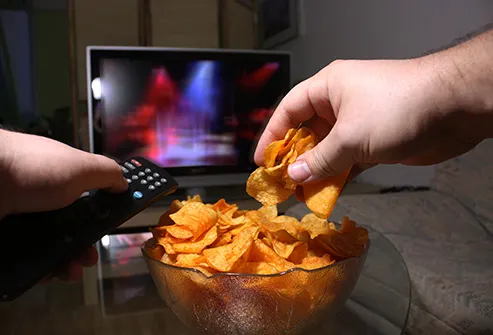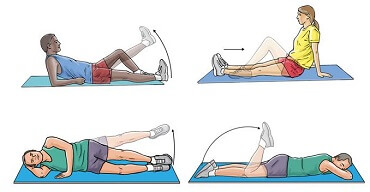
Television, while entertaining, isn't very productive or healthy for you. In moderation television is fine, but we now live in the era of binge watching. Whole seasons of television shows released at once, all at our fingertips thanks to the power of the internet. Self control is out of the window and odds are we have all wasted a day watching back to back TV shows. I know I have wasted several days watching my favorite shows, but all that sitting and not moving isn't healthy for our bodies. There are many forms of entertainment that we can partake in that can engage our bodies and our minds. Find a hobby that you enjoy the most, it doesn't have to be the most physically engaging thing or the most stressful mind puzzle, just something to pass the time without it being absolutely mindless.
 There are many low stress hobbies to try, or high stress hobbies if you're looking to engage in a challenge. Knitting, cross stitching, cooking, painting, building, puzzles, sculpting, board games, you name it. There are countless activities for you to partake in, and the most important thing is that it's fun.
There are many low stress hobbies to try, or high stress hobbies if you're looking to engage in a challenge. Knitting, cross stitching, cooking, painting, building, puzzles, sculpting, board games, you name it. There are countless activities for you to partake in, and the most important thing is that it's fun.
I'm not telling you to quit TV, "cold-turkey" and give up on your favorite shows, I'm encouraging you to engage your mind more often, and try new things! I personally enjoy arts and crafts hobbies, particularly drawing illustrations/writing comics, and building/painting miniatures. I'm a fidgety person at heart, so I need to have hobbies that keep my hands busy.
Go find what's fun for you! Life is about experiences, so go try something new, who knows? It might be your new favorite thing!




